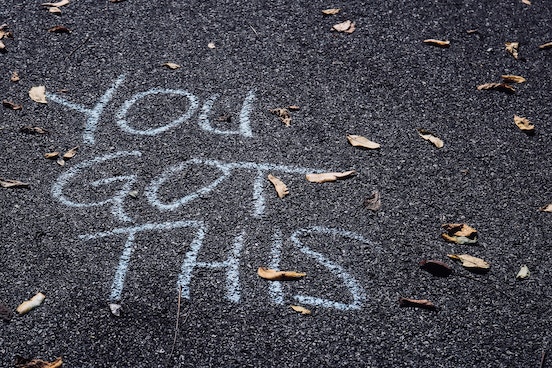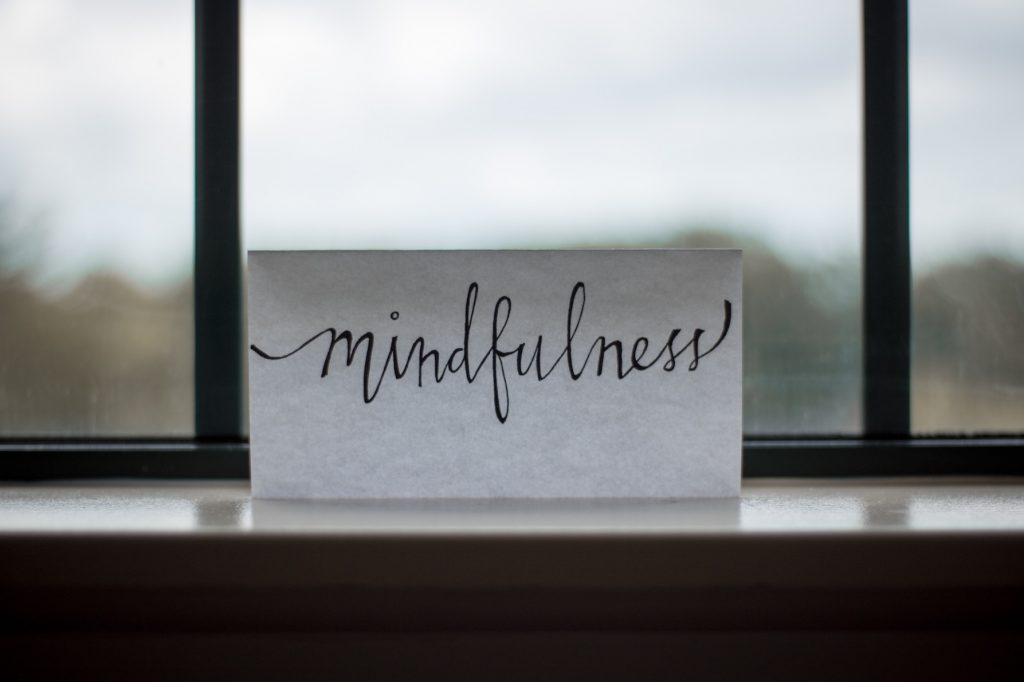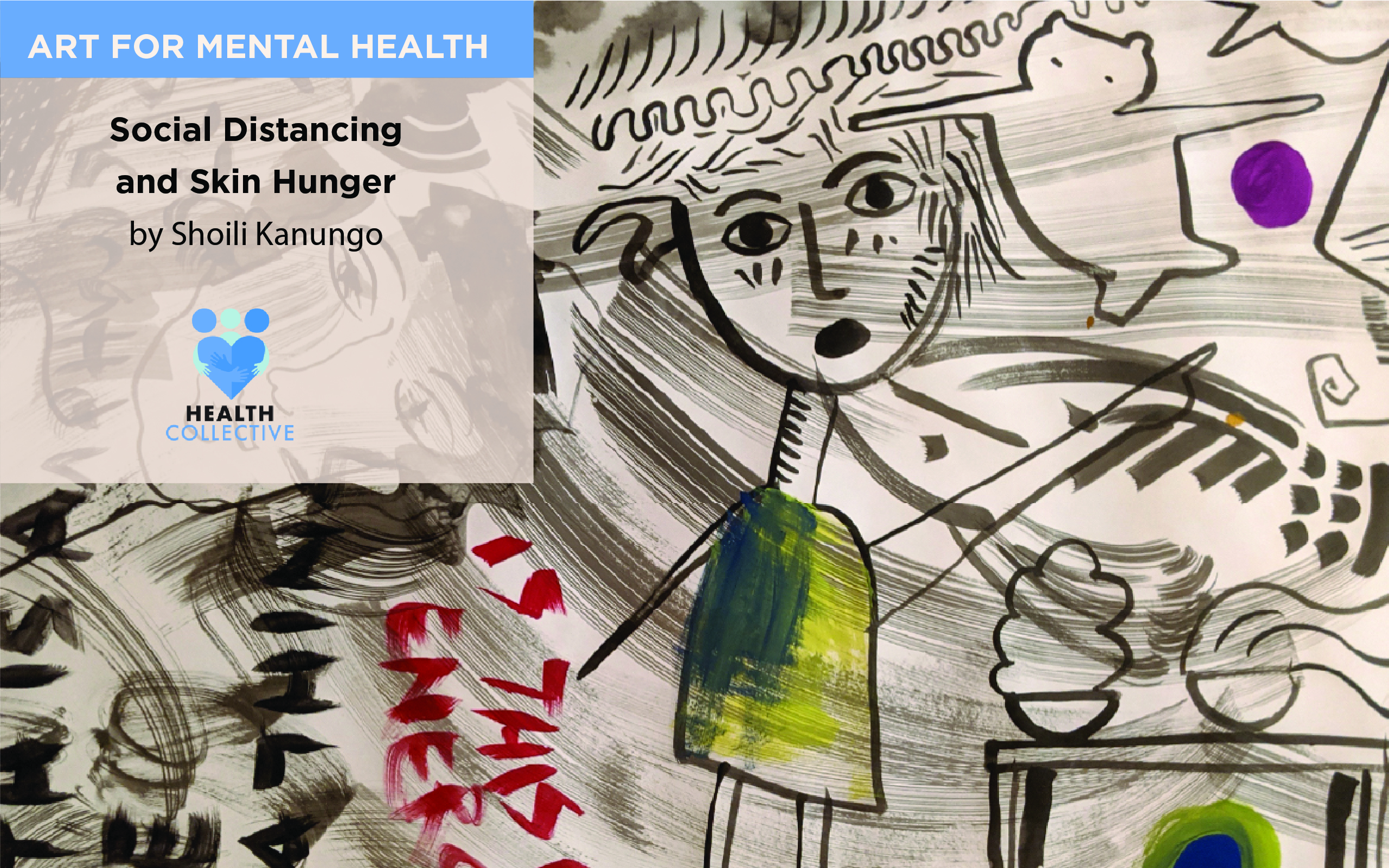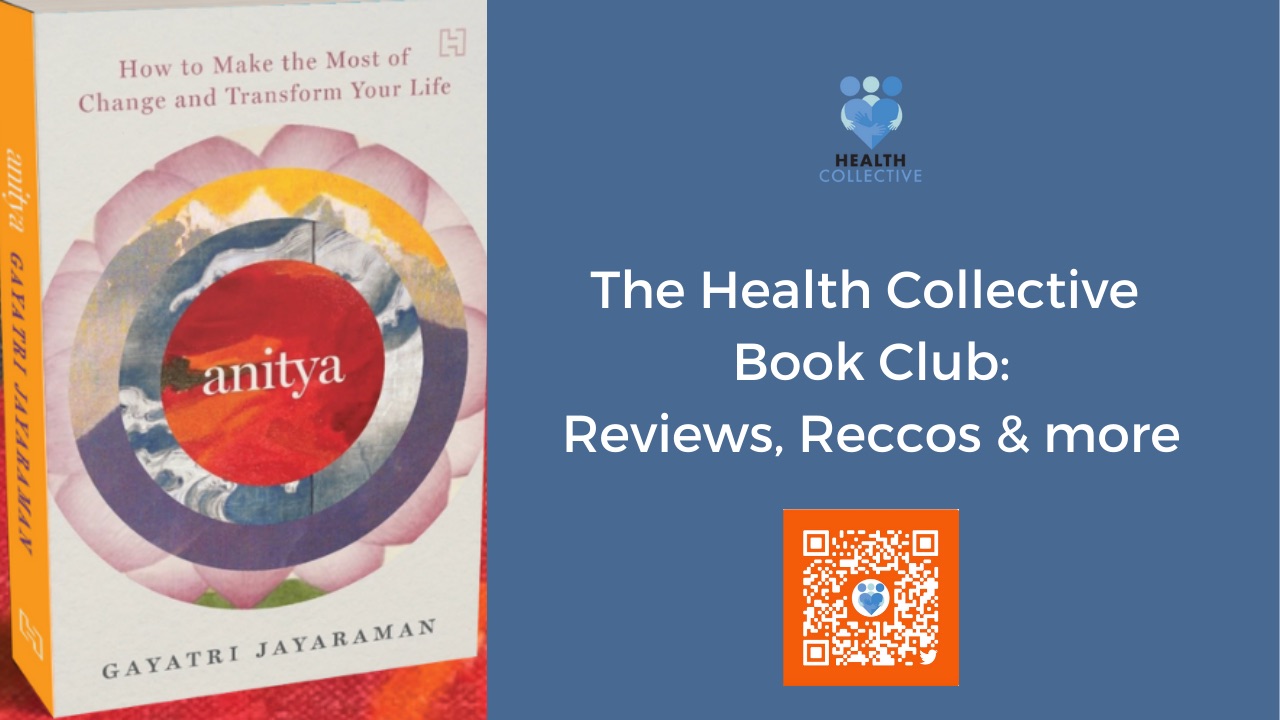In Plain Fright – Understanding Therapy for Phobias
By Scherezade Siobhan
Awaiting the elevator to hit the ground floor, from the corner of my eye I am watching the Swiggy delivery guy sign into the visitor’s entry register and secretly praying that he speeds up so he can get into the elevator with me. No, this is not some warped fantasy or fetish, merely that I am petrified of getting into the elevator alone, and any presence helps alleviate this unbridled anxiety of traveling up 10 floors to my clinic in a Mumbai high rise.
I had never noticed any particularly obvious fears of closed spaces or heights till a long battle with intimate partner violence effectively changed my behavioural responses to certain stimuli. I have been trapped in elevators that stopped functioning midways but it wasn’t always cause for panic. I am told this “elevator panic” is usually a common fear for people since a heavy, metallic box shutting down midway is a pretty terrifying experience, and I suppose it is a testament to Einstein’s theory of relativity that the 2-3 seconds in which the elevator starts again feels like a century in our heads. My fear of closed spaces and very specifically elevators is no longer a rational, debatable fear but has slowly transitioned into the space reserved for “phobias” – from Greek phobos “fear, panic fear, terror, outward show of fear; object of fear or terror,” originally “flight”.
I slowly recognised that I was actually debilitated by an almost precipitous claustrophobia or a fear of closed spaces. Phobia is usually defined as an excessive and irrational fear triggered by the presence of a specific object, event or entity. The critical difference between a common fear and a phobia is the collapsing boundaries of rationality in the latter, which make the phobia seem real.
ALSO READ: ASK THE EXPERTS: GASLIGHTING
Artist Shawn Cross has created some particularly brilliant sketches tinged with just the right hint of macabre to explore how a phobia is visualised in our minds. I know statistical research shows that my chances of getting stuck in an elevator are as low as 0.02% on a monthly basis where I take the elevator every single day; however these facts disappear when I have to refute my perception as my reality. I once walked up 15 flights of stairs despite chronic lower back pain because I was in a foreign country and the elevator lighting was darker than usual. While I don’t fear all closed spaces, I do notice a sudden onset of breathlessness and longer periods in a closed room with a large group of people make me experience a trace of suffocation and sometimes a spell of dizziness.
A lot of it became clearer and was addressed after I was diagnosed with PTSD and associated claustrophobia—a resonant therapeutic relationship along with somatic work centering my body and learning to listen to its cues as well as decoding its triggers where trauma was held like a tightly curled fist, allowed me to traverse a lot of the acquired phobic responses.
However, as I was undergoing that process, I also realised that while we are very prompt to discuss certain mental health conditions and challenges, openly addressing or claiming certain types of phobias is still anathema to ongoing conversations about mental wellness.

A phobia is a clinical diagnosis, which means it can’t be determined concretely by any specific lab tests and has to depend on oral history taking via an intake interview with the patient/client, a process of differential assessments and a clinician’s own training and ability to gauge the severity and intensity of the experienced condition. DSM-5 groups Specific Phobia under Anxiety Disorders and lists the following criteria for prognosis –
- Marked fear or anxiety about a specific object or situation (e.g., flying, heights, animals, receiving an injection, seeing blood)
- The phobic object or situation almost always provokes immediate fear or anxiety
- The phobic object or situation is actively avoided or endured with intense fear or anxiety
- The fear or anxiety is out of proportion to the actual danger posed by the specific object or situation and to the socio-cultural context
- The fear, anxiety, or avoidance is persistent, typically lasting for 6 months or more
- The fear, anxiety, or avoidance causes clinically significant distress or impairment in social, occupational, or other important areas of functioning
- The disturbance is not better explained by the symptoms of another mental disorder, including fear, anxiety, and avoidance of situations associated with panic-like symptoms or other incapacitating. symptoms (as in agoraphobia); objects or situations related to obsessions (as in obsessive-compulsive disorder); reminders of traumatic events (as in posttraumatic stress disorder); separation from home or attachment figures (as in separation anxiety disorder); or social situations (as in social anxiety disorder)
There are further codes to specify categories of phobias e.g. F40.231 — fear of injections and transfusions.
ALSO READ: ASK THE EXPERTS: ANXIETY DISORDERS
In case of most mental health challenges, a certain degree of comorbidity is prevalent and this is quite the case with phobias as well. A former client of mine had severe clinical depression coupled with a phobia of public restrooms. Over multiple counselling conversations, we both collaboratively understood that the phobic response emerged from repeated childhood abuse in a school’s bathroom. Suppression on account of inadequate familial support/care along with persistent shaming girls experience about their bodies and bodily functions led to a series of maladapted physical and emotional processing patterns. Collectively depression and phobia caused her to completely shun public places for a significant period of time in her life.
Social variables, neurological functioning, caregiving received or denied during our childhood, ongoing struggles with formulating a coherent identity as an adult all combine to develop our behavioural schedules. Behaviours are critically linked to our belief systems and our beliefs are not merely a matter of individual predisposition but also a function of our placement in this world – gender, race, caste, class, sexuality, all tie in intricately to nurture specificity and universality in our personalities. In a simpler way, habits accumulate into behaviours, behaviours accumulate to form traits and traits determine personality in conjunction with sociological and cultural factors.
When dealing with phobic reactions, therapeutic methods usually try to break down overarching irrational and excessive fears into bite-sized chunks that a client/patient can tackle one step at a time.
ALSO READ: UNDERSTANDING THERAPY
Here are some therapies that are directly impactful when trying to address specific phobias —
- Exposure Therapy – Phobic reactions seem overwhelming because they can instantly destabilise someone whether they occur in form of a tick/something more periodic or in the form of a flood and the person experiencing these phases feels like they are swamped.
Phobic behaviours and fears arising from specific sources are often best mitigated by using behavioural therapy tools and methods. Exposure therapy is a specific technique that focuses on slowly making the patient face the source of their phobic reactions while carefully ensuring that there is no physical or psychological danger or threat involved in this course of action. The roots of exposure therapy lie in behavioural psychology, very specifically in respondent or classical conditioning (does Pavlov ring a bell?) where a form procedural learning occurs by pairing a conditioned stimulus (usually a biologically compelling one) with an unconditioned stimulus (previously unrelated or neutral) to create a conditioned response.
Let’s simplify this with an example: I paired music or humming with walking into large open spaces for a client of mine who was previously terrified of entering malls due to her agrophobia. She now associates the humming with entering the wide, open space and feels a sense of relief and control over the sudden spiral of fear. In this process, we have identify and work towards the extinction of those specific cognitions, emotions and behaviours that are linked to the fear-causing source. Exposure therapy further branches into three distinct forms of exposure techniques – flooding or rapid exposure, systematic desensitisation or progressive exposure which includes relaxation techniques, graded exposure which is similar to progressive exposure except for the non-inclusion of relaxation techniques, prolonged exposure which is similar to flooding except that it includes psychoeducation as well as learning cognitive processing. Another technique called Exposure and Response Prevention or ERP is universally recognised as an effective way to manage obsessive compulsive behaviours by using managed provocation about the obsession without allowing the opportunity to indulge in the behaviours.
- Cognitive Behavioural Therapy can be combined with exposure therapy to help with cognitive restructuring, which essentially allows a patient/client to challenge their core beliefs about their phobias. A lot of CBT is conducted via worksheets and exercises which allow a patient to gradually confront the phobia and recognise what persuasions have been invested in to keep the phobia alive. This is also useful in charting any previous incidents or experiences that contribute to the origin and subsequent perpetuation of the phobia/s.
- Medication combined with other therapeutic interventions is relevant when the phobic reactions are unmanageable and the patient/client is experiencing inordinate distress. Sometimes phobias disallow from successfully managing their day to day life activities – I am afraid of flying but I work for a film crew, or I am afraid of seeing blood but I want to study medicine – and therefore using pharmacological treatments can help with making inroads to governing the snarl. It is very important to seek a suitably informed consultation for meds. You should also clarify your own thresholds for comfort and tolerance. Also, always ask your clinician about how the medication schedule will work in combination with therapy.

Photo by Lesly Juarez on Unsplash
- Mindfulness has become something of a buzzword these days but guided meditation has proved to be useful for a lot of my clients when dealing with phobias on the daily basis. This is also relatively easier to find and apply in terms of cost. This may not be a primary technique to handle your phobia but it can definitely be a supplementary and calming practice that can be useful for soothing your anxiety after a phobic episode. Breathing exercises and body scans are often helpful in healing anxieties and phobias rooted in body negativity.
- Psycho-education is something I have mentioned earlier and the cardinal attempt here is to restructure maladapted cognitive patterns. We feel what we think and if we can try to This is usually the first line of action for mild to moderate phobic reactions.
ALSO READ: HOW BULLET JOURNAL HELPED ME DEAL WITH MY ANXIETY…
Apart from these, bullet journaling, nutritional therapy where you try to weed out foods that might trigger certain anxieties, and progressive muscle relaxation are also instrumental in building resilience against the phobia.
Admittedly therapeutic intervention should be intersectional, accessible and affordable even though this confluence of sorts is still something of a pipe dream at least in India. That said, please do seek help if you experience any form of phobia and even if you are not sure whether your fears can be classified as such, speaking to a trained professional can help with the unburdening and help disembark the multi-ton anvil from your chest.
Phobias like any other form of mental illness and dissonance, do not occur in a vacuum. Our socio-cultural environments can contribute to either lessening their weight or making them unimaginably heavier for the survivor. A support system that engages patiently without a need to guilt or shame is fundamental to the wellbeing of the person experiencing the disorder. Kindness should be a self-perpetuating code.
Fear is a survival mechanism but when our mental and emotional apparatus to process fear comes unhinged, it can bring about its own unfettered retrograde. When folks experience phobias and do not get help, the quality of their lives is severely diminished on account of limited mobility both psychically and physically. Let us try and create a climate of kindness and patience where we allow people their space to process and move forward without feeling discriminated against or repeatedly stigmatised.
Clarice Lispector wrote— “To think is an act. To feel is a fact.”
Let us try to understand that for a person who is experiencing a phobia, the feeling seems to become as overpowering as a “fact” and therefore we have to find ways to assess if what we are feeling is truly as bad or as excessive or perhaps we do have the capacity to surmount it if we give ourselves some time.
Views Expressed are Personal. The Health Collective is not a substitute for expert advice from a trained mental health professional.
Feature Image: Photo by Darran Shen on Unsplash




